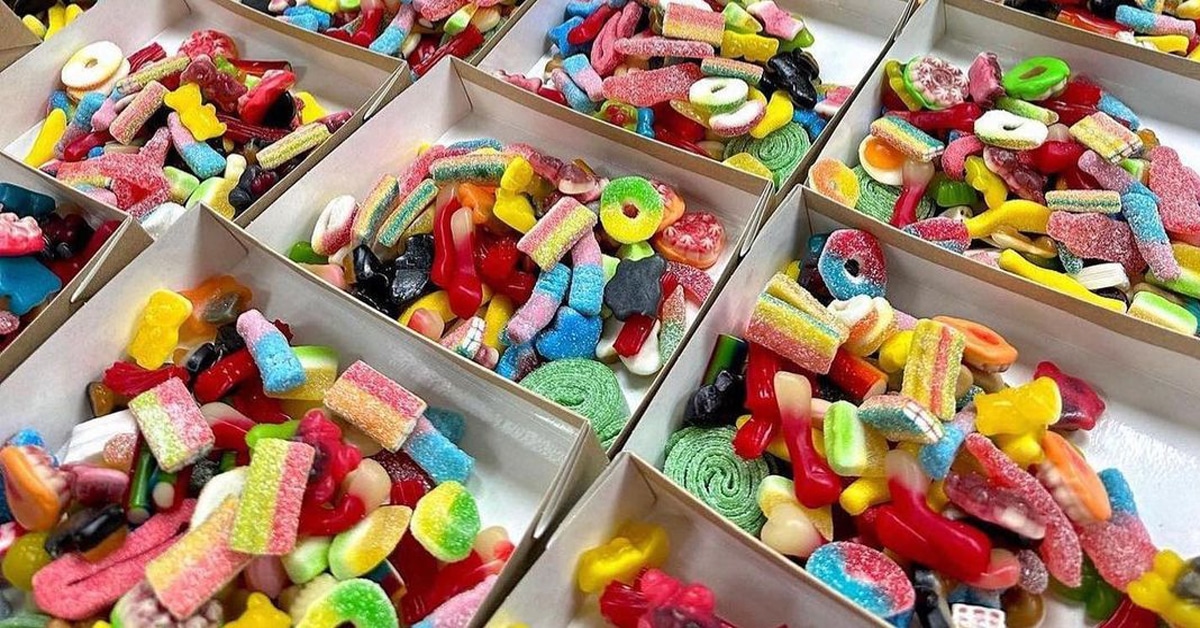The History of Candy in Media and How They Influence Our Cravings
Who can deny that candy has always had a special place in our hearts (and our stomachs)?
Candy has been used to evoke childhood nostalgia, create romantic moments, and even symbolize rebellion. But it has also been a popular cultural phenomenon for centuries.
Please leave a review or any memories of this snack in the comments at the bottom of this page. Thank you!
If you’re among the candy lovers, chances are that you’ve noticed multiple advertisements and campaigns promoting candy, regardless of its health-related risks. Even if you’re not a fan of sweets, you’d be hard-pressed to deny the impact that candy has had on our collective imagination.
But have you ever stopped to think about how candy in the media affects our cravings? Well, it turns out that most of our cravings are influenced by the content we see in the media. Let’s explore the history of candy in the media and its impact on our sweet tooth.
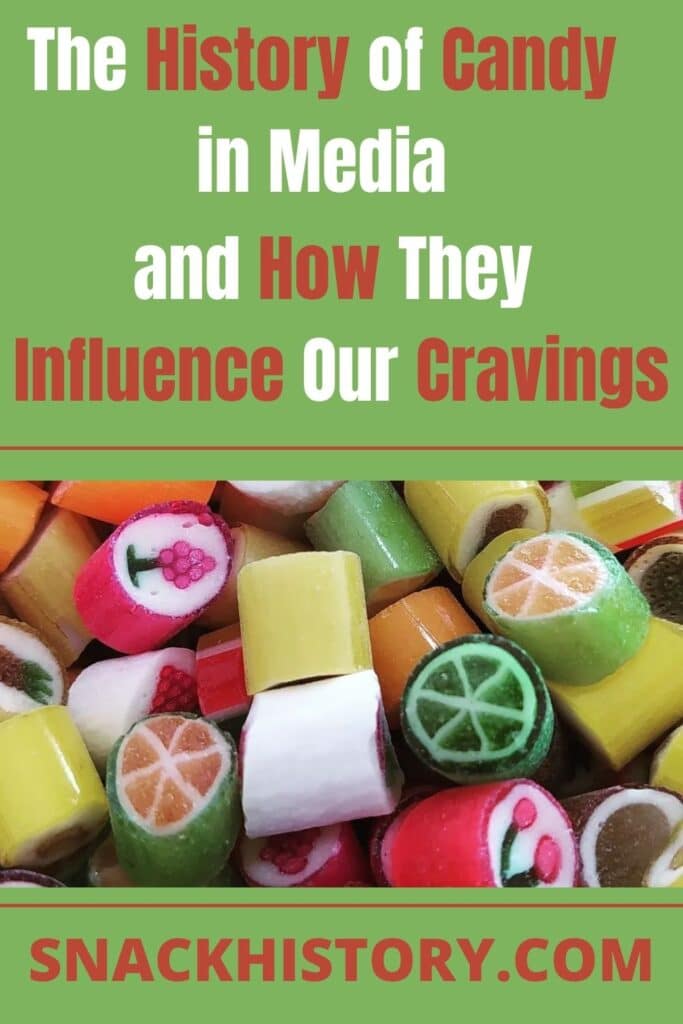
The History of Candy in Media
Are you wondering when the mainstream media first started promoting candy? Well, the history of candy in the media goes back further than you might think.
One of the earliest examples of candy being promoted in the media dates back to the 18th century, when a French chef named Francois Menon wrote a cookbook that included a recipe for a type of sugar candy. Menon’s recipe was so popular that it was eventually published in a magazine, and candy-making became a popular hobby for many French women.
In the 19th century, candy began to be promoted in newspapers and magazines, with advertisements featuring colorful illustrations of candy and promises of sweet, delicious flavors.
Soon mass production made candy more widely available, and that’s when candy makers began to invest more in advertising.
From that time on, popular candy brands like Hershey and Mars started using catchy slogans and iconic imagery to create emotional connections with their products.
But it wasn’t just traditional advertising that popularized candy in the media. Candy has also played a significant role in popular culture, appearing in movies, TV shows, and even online games. For example, in the 1960s, candy became a central part of the iconic board game Candy Land. In the 1970s, the movie Willy Wonka and the Chocolate Factory cemented candy’s place in our minds. And the tendency continues up to now – if you take a look at Peggy Sweet slots, you might immediately experience a nostalgic flashback of your childhood treats. That’s how candy-themed online games can influence your cravings!
How Media Influences Our Cravings for Candy
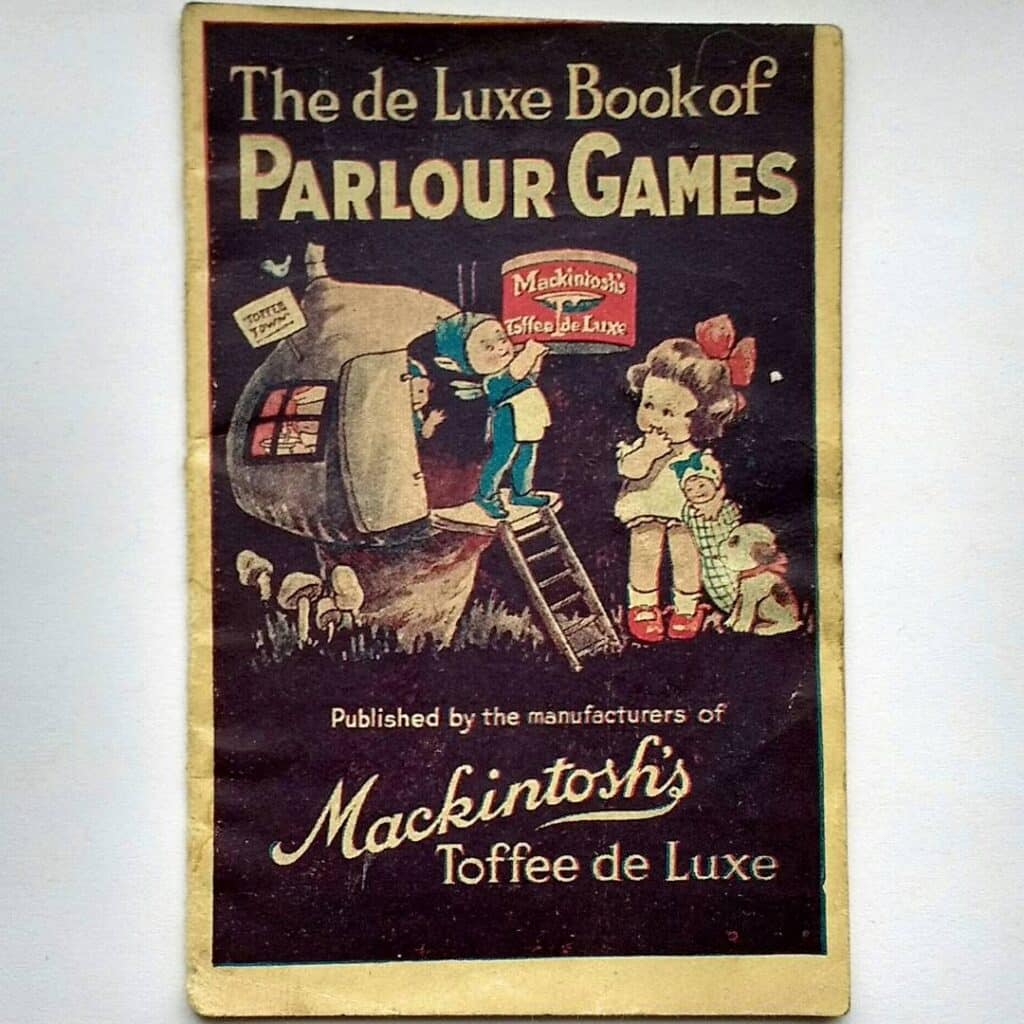
It’s no secret that the media has a huge impact on our cravings for candy. Whether we like it or not, the media bombards us with images of delicious sweets, and as a result, we can’t even realize we’re not actually hungry, these food cravings are all in our brains. Let’s see what mechanisms the media uses to influence our cravings for candy.
Role of Advertising
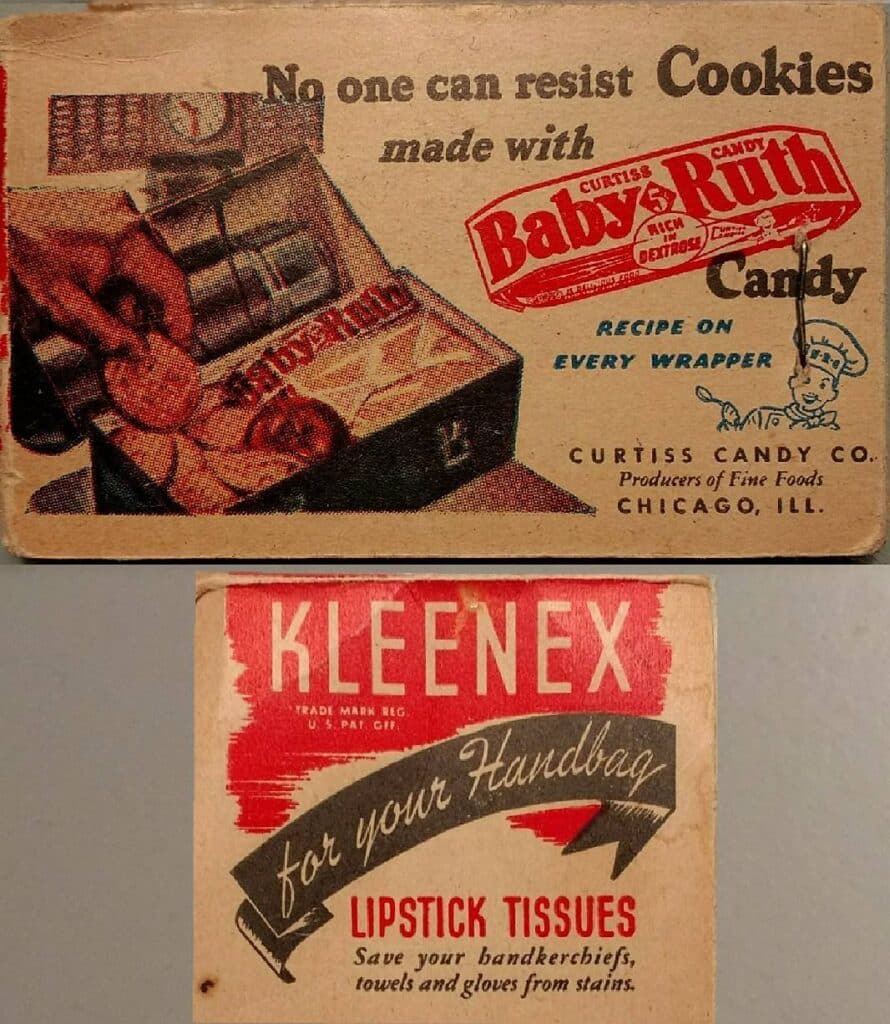
Advertising is one of the most obvious ways that media influences our cravings for candy. Candy companies spend millions of dollars on colorful ads that feature mouth-watering images of their products and catchy slogans or logos that make us want to indulge. Seeing these ads over and over again can create a subconscious desire for candy that’s hard to ignore.
How Product Placement Affects Our Desire for Candy
You won’t be surprised if we tell you that product placement is another sneaky way that the media uses to provoke candy cravings in customers. You may not even realize it, but the candy sitting on the table in your favorite TV show or movie is often strategically placed there to make you crave it. Sounds tricky, right?
Well, studies have shown that seeing food in TV shows or movies can increase our desire for it, and candy is no exception.
Candy in Movies & TV Shows
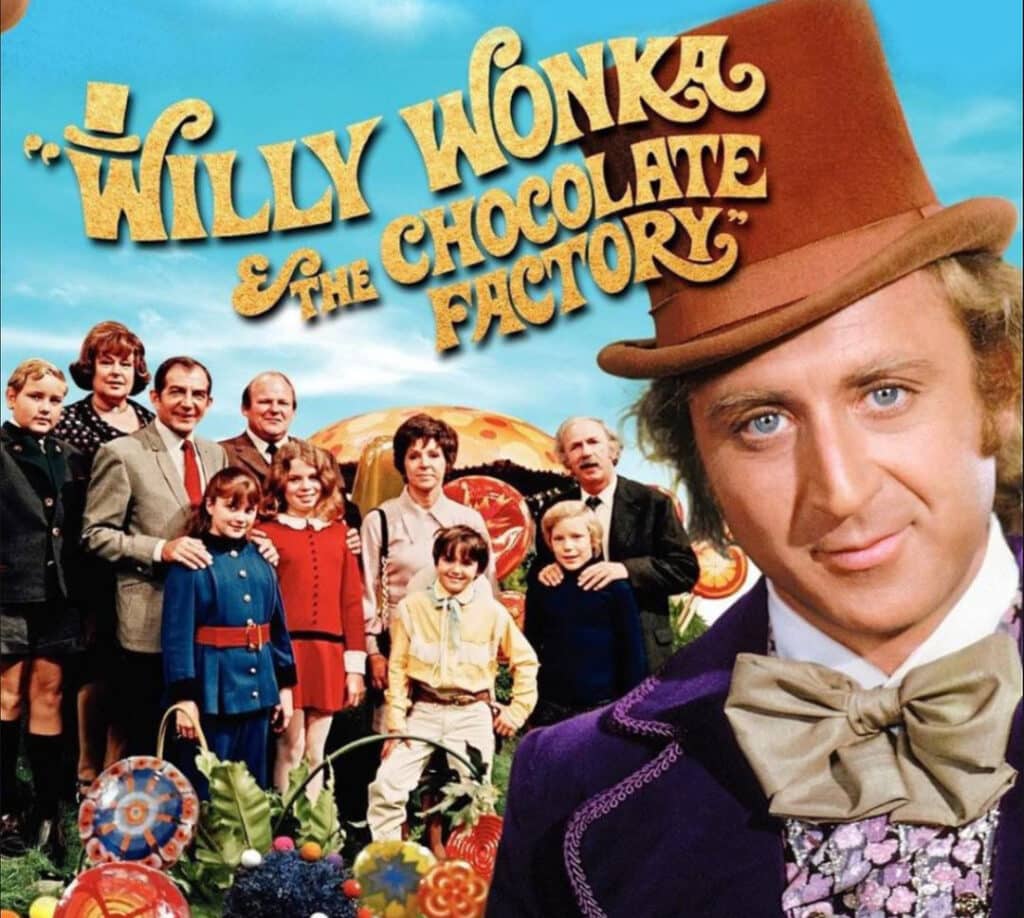
And finally, candy-filled movies and TV shows can have a direct impact on our cravings for sweets. Think of movies like Charlie and the Chocolate Factory or TV shows like Riverdale, where candy and sweets are prominently featured. Seeing these treats on the screen can make us feel nostalgic for our own childhoods and create a desire to satisfy our cravings with similar treats.
Final Thoughts
Now you know that the media’s role in shaping our cravings for candy is serious. Advertising, certain marketing strategies, and the movie industry all work together to create a desire for sweets that can be hard to resist.
Of course, at the end of the day, candy is more than just a sugary treat – it’s a source of joy, nostalgia, and pleasure. But still, the next time you find yourself reaching for that candy bar, remember that the media may have played a part in your decision.

Nato is a content writer and researcher with a background in psychology. She’s passionate about writing about the candy industry and exploring the cultural significance of sweets and treats. She believes that the stories behind our favorite snacks can reveal a great deal about our values.
Please leave a review or any memories of this snack in the comments below. Thank you!
Click here for a full A-Z list of Snacks and Candy
